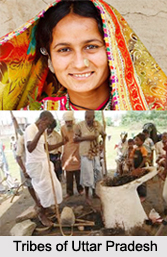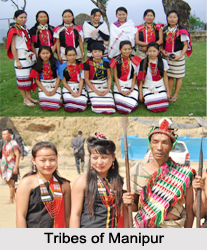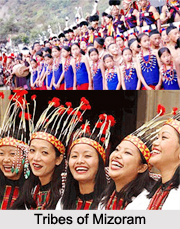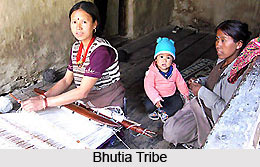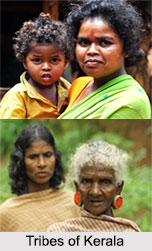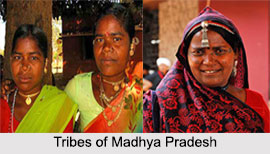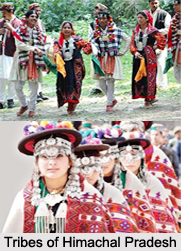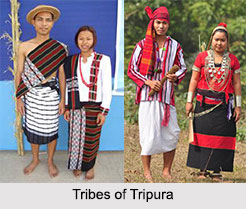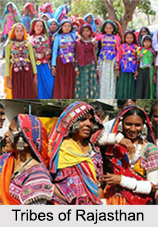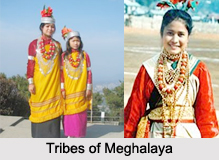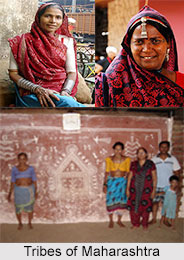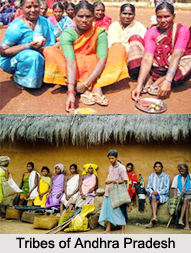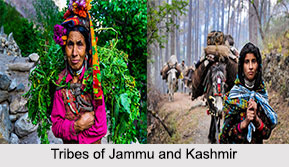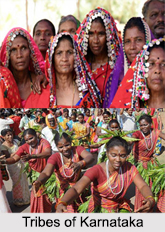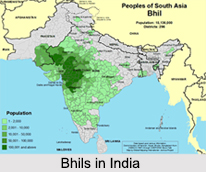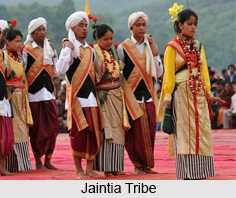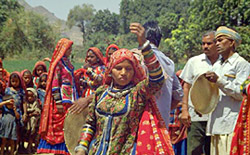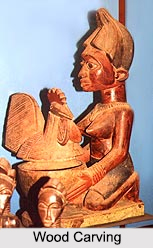 Wood Carving in India is a traditional art that has been passed on by master craftsmen through generations. This is an accepted tribal art form of India as the main component wood is easily available to them. Wood was probably the earliest material to be carved upon.
Wood Carving in India is a traditional art that has been passed on by master craftsmen through generations. This is an accepted tribal art form of India as the main component wood is easily available to them. Wood was probably the earliest material to be carved upon.
Wood Carving is a traditional craft among the tribal communities of Arunachal Pradesh. The main centre for wood carving is the Wancho area of Tirap district. They make figure heads, warriors, miniature crafts and figurines. The tribes reveal poise in this field. The tribes make exquisite wooden vessels. The Monpa tribe and Khamti tribe practice woodcarving. The woodwork of the north-eastern tribes is known locally as "Kumisyng". The wood carvings of the tribal areas of Madhya Pradesh, Bihar, Odisha and Rajasthan include doors, window frames, marriage-litters, wedding pillars, tobacco cases and pipes.
Designs of Wood Carving
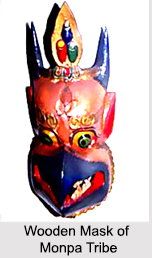 Designs of Wood Carving may vary from floral, traditional motifs to geometrical and abstract patterns. In most of the wood carvings few motifs like decorative geometrical patterns, animals, birds, human forms and trees are found. The designs of wood carving vary from region to region and differ in design and ornamentation accordingly.
Designs of Wood Carving may vary from floral, traditional motifs to geometrical and abstract patterns. In most of the wood carvings few motifs like decorative geometrical patterns, animals, birds, human forms and trees are found. The designs of wood carving vary from region to region and differ in design and ornamentation accordingly.
Types of Wood Carving
There are many types of wood carving - they are the door carving, decorative carving and representational Carving. It is largely used for houses, doors, cases, marriage posts, musical instruments and many other household items. Sculpture is the primary carving crafted by the Indian Tribes.
Process of Wood Carving
Carving wooden handicrafts is a laborious process as great attention needs to be paid to minute details. Carving involves shaping wood to make objects of utility and chiselling parts of wood to form intricate designs, with the help of hand tools. Most of the tribal people live for the most part in mountains and forests. Therefore, it is not surprising that they have used wood for many purposes since ages. Trees like sal, teak and Mahua are the chief products of these forests. Tribals utilize these woods for carving. Their tools and implements are simple and few. Axe, adze, chisel, saw and sometimes trying-plane are used for wood carving. Posts and musical instruments are generally carved in round shape.

